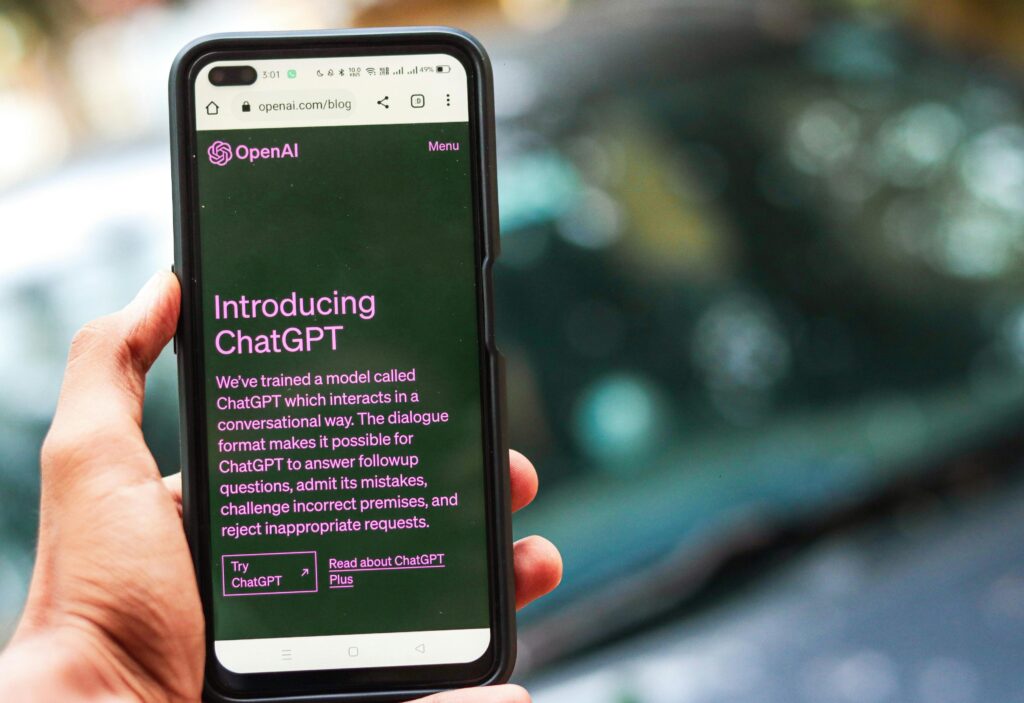Progressive Web Apps (PWAs) are revolutionizing the way users interact with web applications by merging the best aspects of websites and native mobile apps. Unlike traditional apps, PWAs eliminate the need for lengthy downloads, work seamlessly across all devices, and provide a smooth, app-like experience directly from a web browser.

As businesses and developers seek faster, more cost-effective solutions, PWAs are emerging as a game-changer. They offer instant loading, offline functionality, and push notifications—features once exclusive to native apps. Major companies like Twitter, Pinterest, and Starbucks have already adopted PWAs, reporting significant improvements in user engagement and performance.
This in-depth guide explores every facet of PWAs, from their core technologies to future advancements. We’ll analyze why businesses are shifting toward PWAs, the technical foundations that make them work, the challenges they face, and what the future holds for this transformative technology.
What Are Progressive Web Apps (PWAs)?
Progressive Web Apps are a hybrid between traditional websites and mobile applications. They leverage modern web capabilities to deliver an immersive, app-like experience without requiring installation from an app store.
Core Characteristics of PWAs
- Reliable Performance
- PWAs use service workers—background scripts that cache essential resources, enabling instant loading even on slow or unstable networks.
- Example: Twitter Lite saw a 30% reduction in bounce rates after switching to a PWA.
- Offline Functionality
- Unlike standard websites, PWAs can function without an internet connection by storing cached data.
- Example: The Starbucks PWA allows customers to browse menus and customize orders offline.
- Cross-Platform Compatibility
- A single PWA works across all devices (desktop, mobile, tablet) without requiring separate development for iOS and Android.
- App-Like Experience
- Features like smooth animations, full-screen mode, and home screen installation make PWAs indistinguishable from native apps.
- Automatic Updates
- Unlike native apps, PWAs update silently in the background without requiring user intervention.
How PWAs Differ from Native Apps and Traditional Websites
| Feature | PWA | Native App | Traditional Website |
|---|---|---|---|
| Installation | No app store needed | Requires download | No installation |
| Offline Access | Yes | Yes | No |
| Updates | Instant | Requires approval | Instant |
| Discoverability | High (via search engines) | Low (app stores) | High (SEO) |
| Development Cost | Low (single codebase) | High (multiple platforms) | Low |
Why Businesses Are Adopting PWAs
The shift toward PWAs is driven by tangible benefits in performance, cost savings, and user engagement.
1. Faster Load Times Improve User Retention
- 53% of mobile users abandon sites that take longer than 3 seconds to load.
- PWAs load instantly due to pre-caching, reducing bounce rates.
- Forbes saw a 100% increase in engagement after launching their PWA.
2. Lower Development and Maintenance Costs
- Developing separate iOS and Android apps is expensive.
- PWAs use a single codebase, cutting costs by up to 50%.
- Example: Uber’s PWA works on all devices, reducing development overhead.
3. No App Store Dependence
- Native apps face strict approval processes on Google Play and Apple’s App Store.
- PWAs bypass these restrictions, allowing instant updates.
4. Better SEO and Discoverability
- Since PWAs are web-based, they rank on search engines, unlike native apps hidden in stores.
- AliExpress increased conversion rates by 104% after switching to a PWA.
5. Improved User Engagement with Push Notifications
- PWAs support web push notifications, increasing repeat visits.
- Example: Spotify’s PWA sends alerts for new releases, keeping users engaged.
Key Technologies Behind PWAs
PWAs rely on several advanced web technologies to deliver their unique capabilities.
1. Service Workers
- JavaScript files that run in the background, enabling offline caching and push notifications.
- Example: A news PWA can cache articles for offline reading.
2. Web App Manifest
- A JSON file that defines the PWA’s appearance (icons, theme colors, splash screen).
3. HTTPS for Security
- Ensures data encryption, preventing man-in-the-middle attacks.
4. Responsive and Adaptive Design
- Ensures the PWA works flawlessly on any screen size.
Challenges and Limitations of PWAs
Despite their advantages, PWAs face some hurdles.
1. Limited iOS Support
- Apple has been slow to adopt full PWA features (e.g., push notifications).
2. Restricted Hardware Access
- PWAs can’t fully use Bluetooth, NFC, or advanced camera features.
3. Discoverability Issues
- Since PWAs aren’t in app stores, businesses must rely on SEO.
The Future of PWAs: Emerging Trends
- Better iOS Integration (Apple is gradually improving PWA support).
- Advanced Offline AI Processing (e.g., local machine learning).
- Voice and AR Integration (e.g., PWAs with voice search).
- Enterprise Adoption (Companies using PWAs for internal tools).
FAQs About Progressive Web Apps
Q: Can PWAs replace native apps completely?
A: Not yet—native apps still lead in deep hardware integration, but PWAs are closing the gap.
Q: Are PWAs secure?
A: Yes, they require HTTPS, ensuring encrypted data transfer.
Q: Do all browsers support PWAs?
A: Most do, but Safari has limitations.
Final Thoughts
PWAs are reshaping digital experiences by offering speed, affordability, and cross-platform efficiency. While challenges remain, ongoing advancements will solidify their dominance. Businesses adopting PWAs today will gain a competitive edge in user experience and cost efficiency.
Would you like additional case studies or deeper technical breakdowns? I can expand any section further based on your needs.
